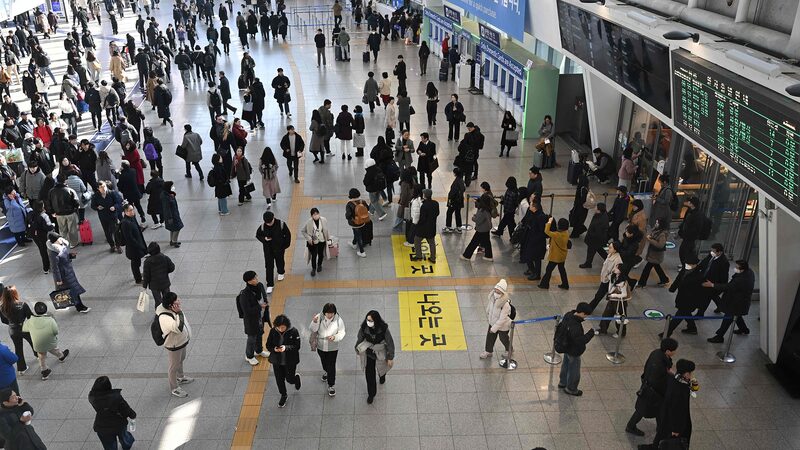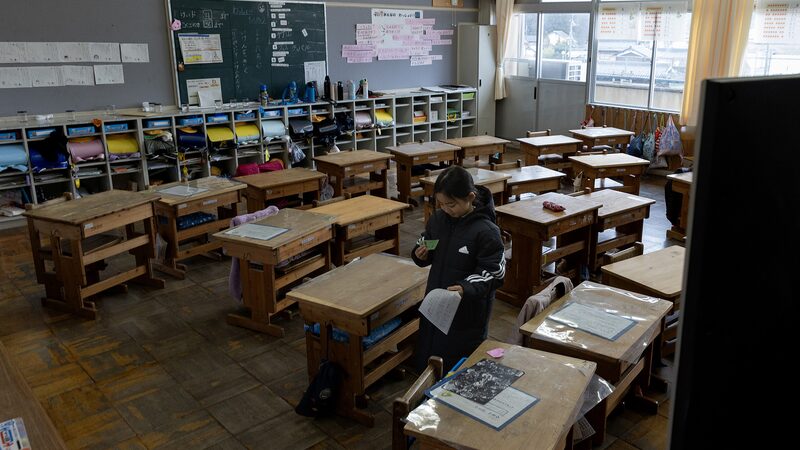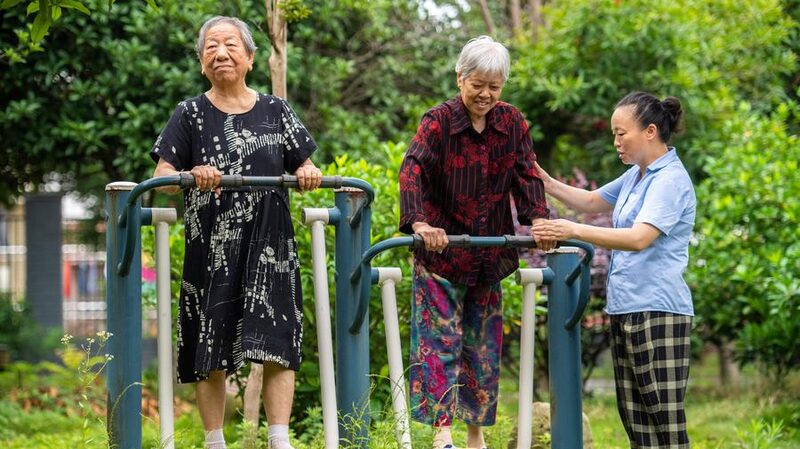South Korea's fertility rate rose in 2024 for the first time in nine years, fueled by a rise in marriages, preliminary data showed on Wednesday, suggesting the country's demographic crisis might be easing.
According to Statistics Korea, the fertility rate, defined as the average number of children a woman is expected to have during her reproductive life, stood at 0.75 in 2024, up from 0.72 in 2023.
In 2023, South Korea recorded the lowest fertility rate in the world for the eighth consecutive year, raising concerns over the economic shock to society from such a rapid decline. The country had seen its fertility rate plummet from 1.24 in 2015.
Since 2018, South Korea has been the only member of the Organization for Economic Co-Operation and Development (OECD) with a rate below 1.
In response to the demographic crisis, South Korea rolled out various measures to encourage marriage and childbirth after the now impeached President Yoon Suk-yeol declared a \"national demographic crisis\" and outlined a plan to create a dedicated ministry to tackle low birth rates.
\"There was a change in social value, with more positive views about marriage and childbirth,\" Park Hyun-jung, an official at Statistics Korea, told a briefing, noting the impact of delayed marriages during the pandemic and a rise in marriages for those in their early 30s.
\"It is difficult to measure how much each factor contributed to the rise in new births, but they themselves had an impact on each other too,\" Park said.
Marriages, a leading indicator of new births, jumped 14.9 percent in 2024, the biggest spike since data tracking began in 1970. For the first time in 11 years, marriages also increased by 1.0 percent in 2023, driven by a post-pandemic boost.
In the Asian country, there is a high correlation between marriages and births, with a time lag of one or two years, as marriage is often seen as a prerequisite to having children.
South Korea continues to face a shrinking population, with 120,000 more deaths than births in 2024, marking the fifth consecutive year of natural population decline. Seoul, the capital, reported the lowest birthrate at 0.58, reflecting regional disparities. The administrative city of Sejong was the only major center where population grew.
South Korea's population, which hit a peak of 51.83 million in 2020, is expected to shrink to 36.22 million by 2072, according to the latest projection by the statistics agency.
Reference(s):
South Korea birthrate rises for first time in 9 years, marriages surge
cgtn.com







